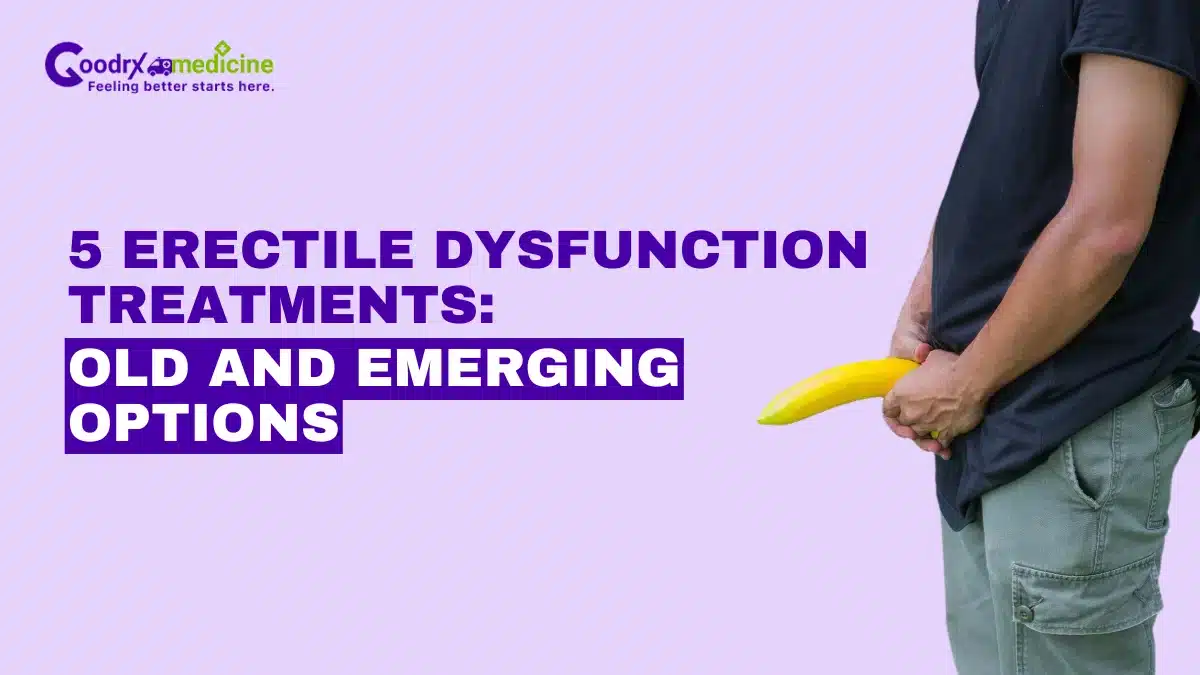Erectile Dysfunction (ED) is a prevalent yet treatable condition in men. Effective treatments are available, and most men can achieve meaningful improvement with the right approach.
Several categories of therapy exist, from medications and medical devices to surgery and lifestyle changes. Treatment choices depend on the cause, whether medical, psychological, or both, and on your preferences, health status, and expectations.
The article below details different Erectile Dysfunction treatments, how each treatment works, its benefits and limitations, and what you can realistically expect.
Treatment for Erectile Dysfunction
The options available to treat Erectile Dysfunction include:
Save up to 90% on your medicine bills
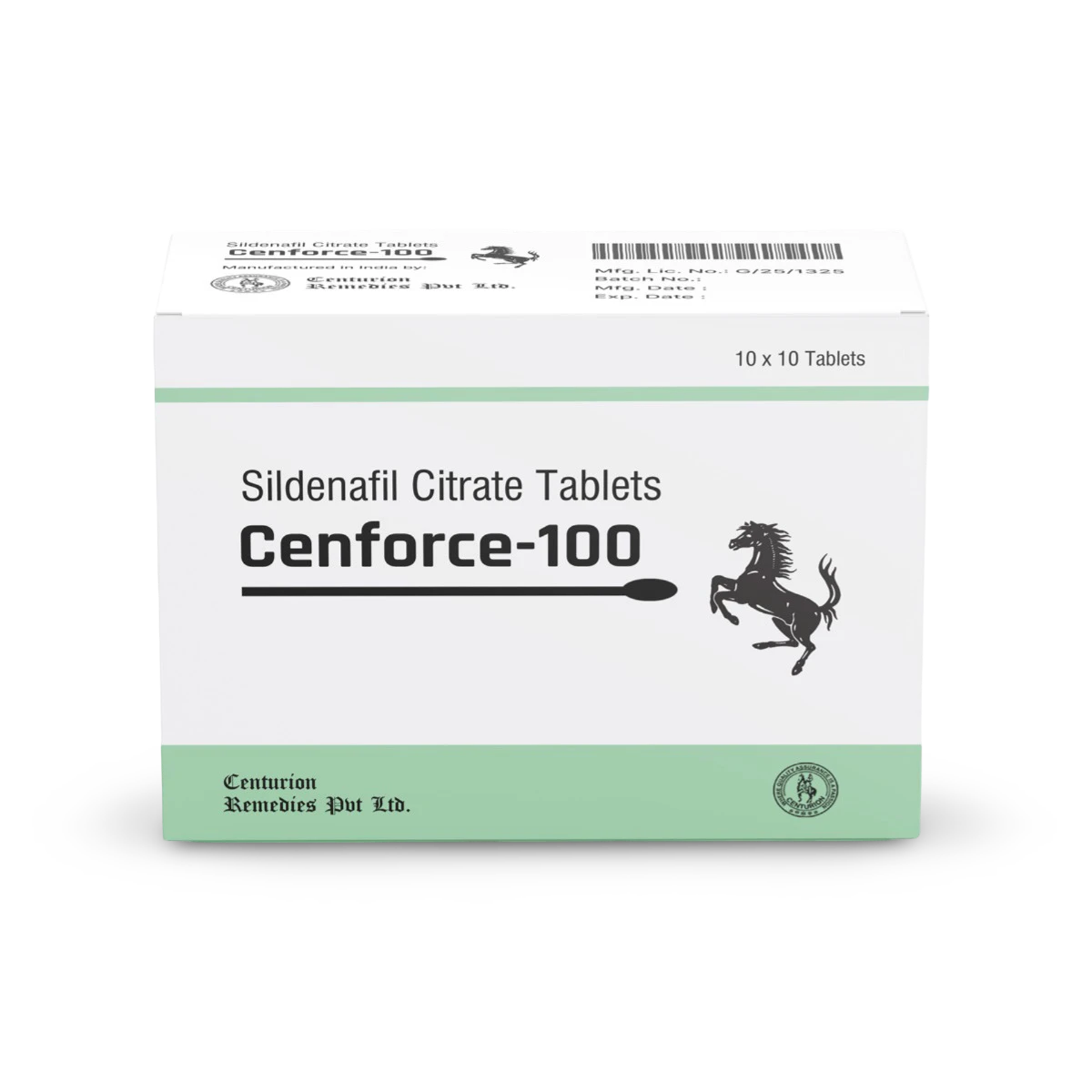
Cenforce 100 mg
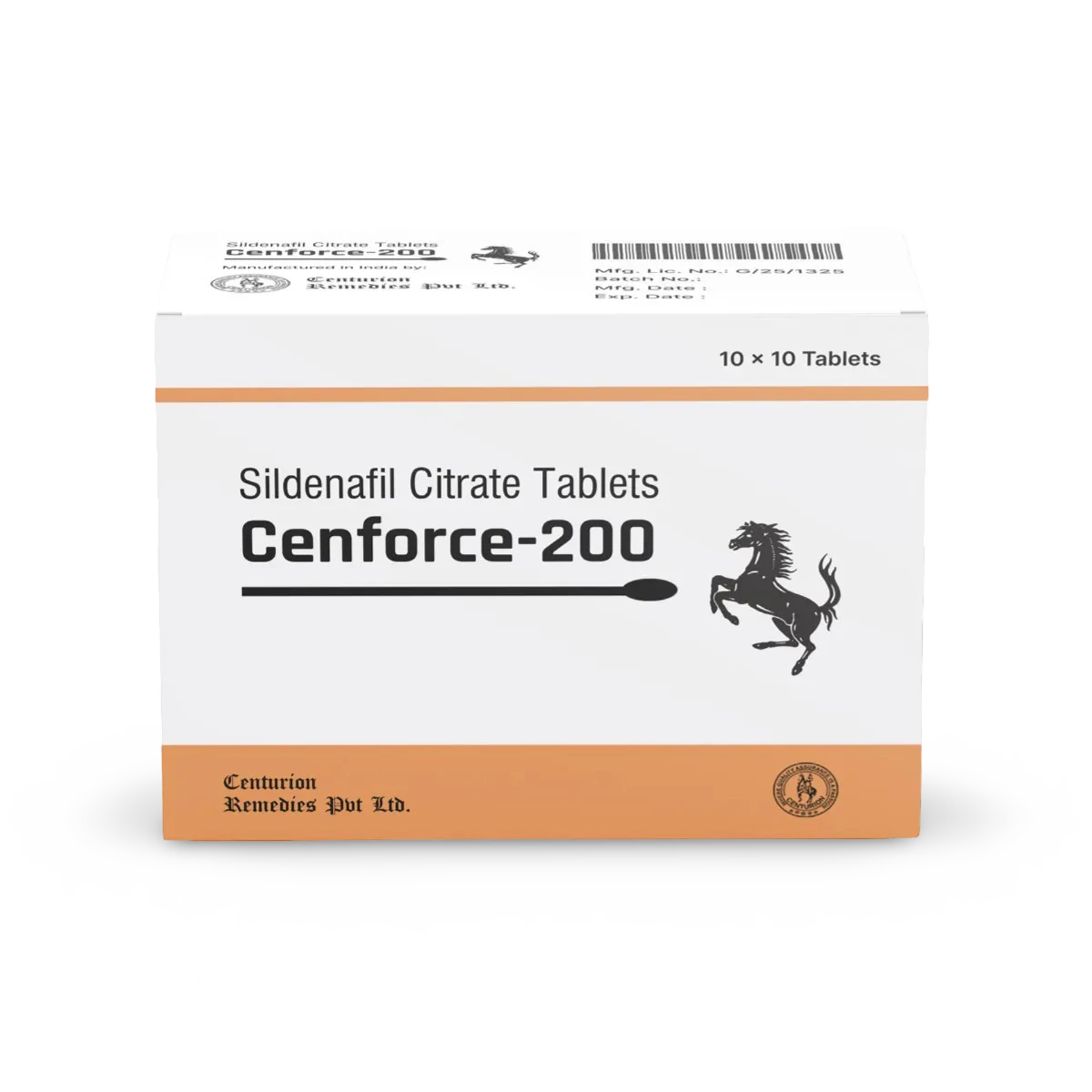
Cenforce 200 mg
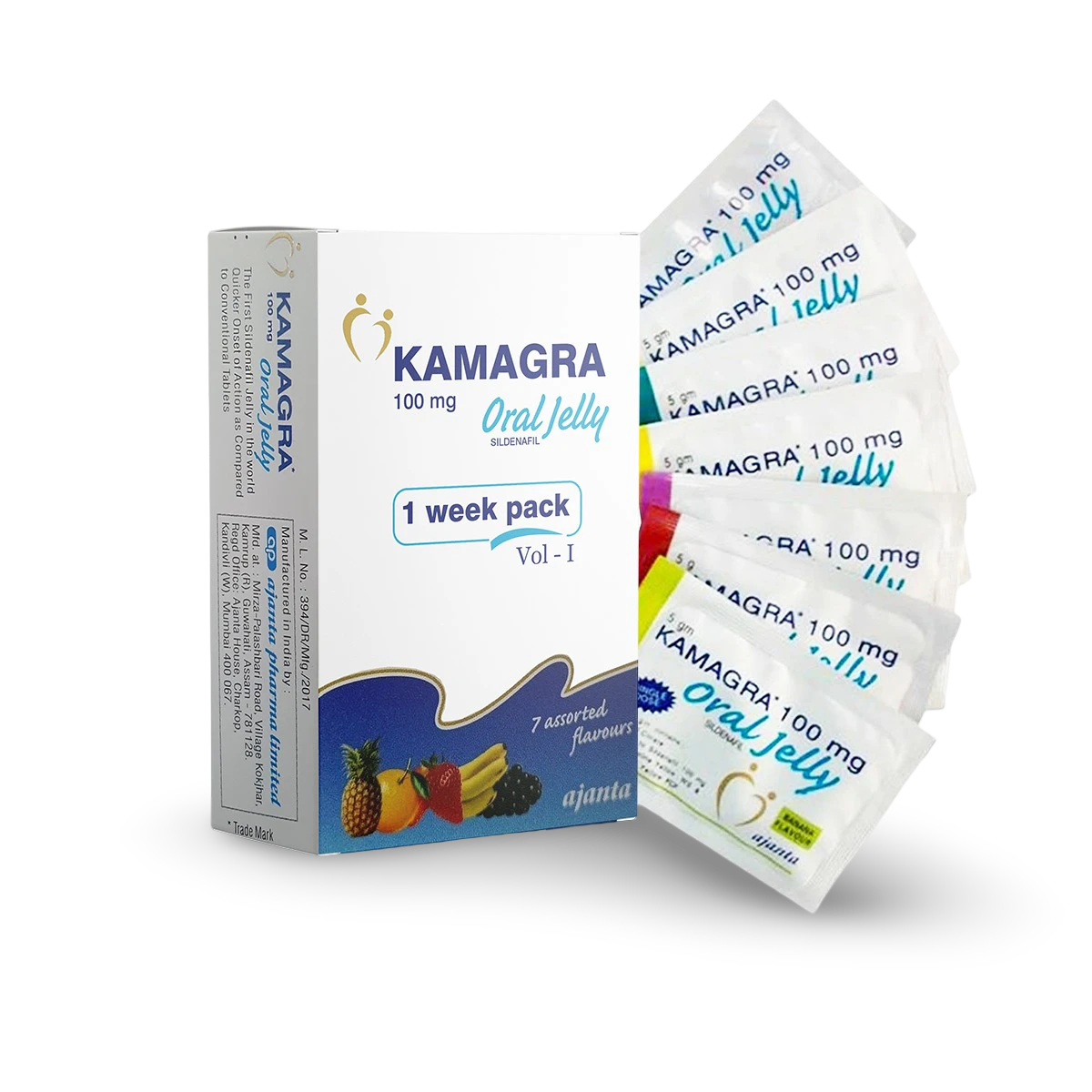
Kamagra Oral Jelly Rx 100 mg
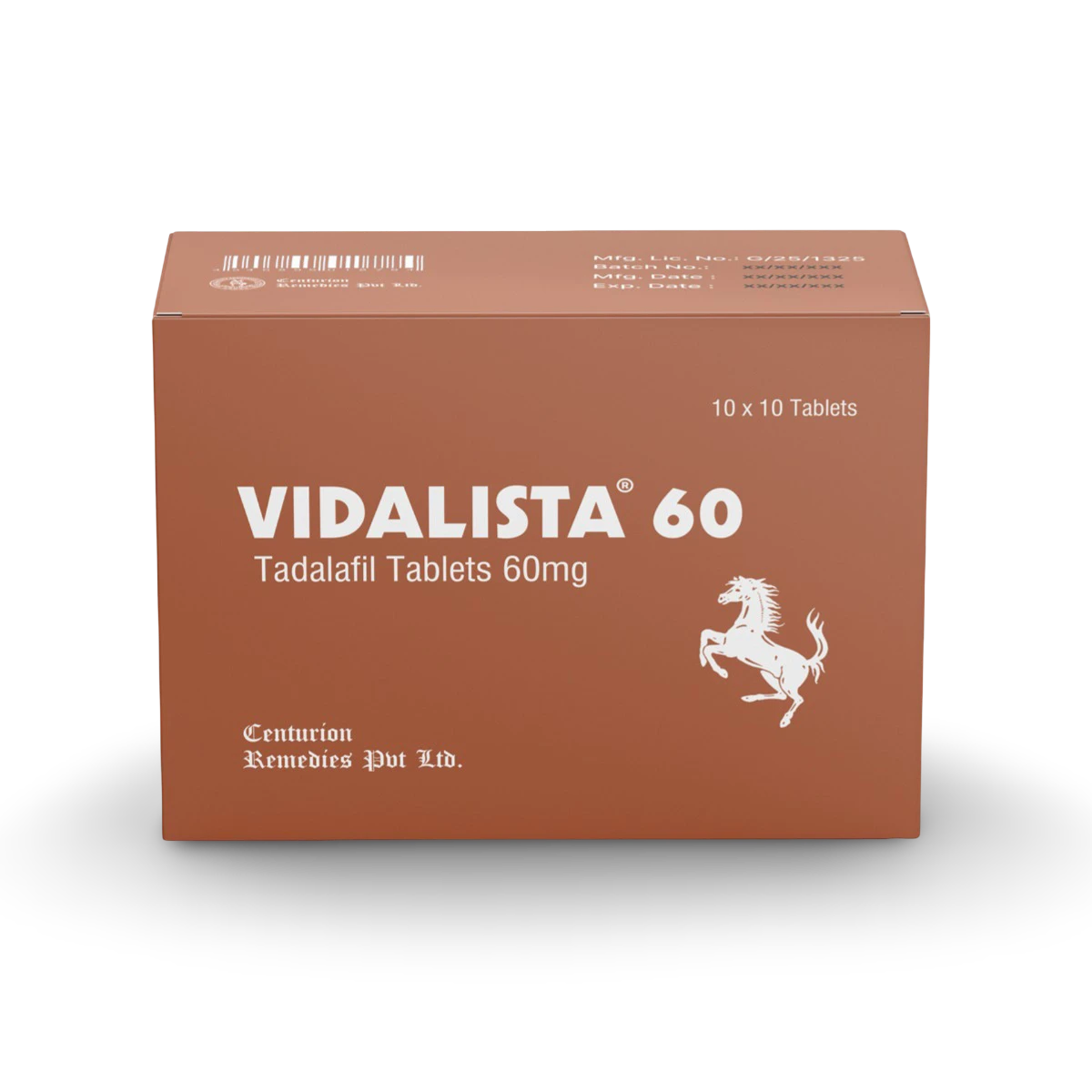
Vidalista 60 mg
1. Pharmacological treatment
Medicine therapy is often the first step for most men with ED, particularly when rapid, reliable results are desired. The main medication-based treatment is the class known as Phosphodiesterase 5 Inhibitors (PDE5 inhibitors). These medicines have changed ED management by offering many men a convenient, effective option.
They enhance the natural signaling pathways that increase blood flow to the penis in response to sexual stimulation. Inhibiting the enzyme PDE5 allows blood vessels to relax and fill more easily, resulting in improved erections.
Commonly prescribed oral medicines include:
- Sildenafil
- Udenafil
- Vardenafil
- Avanafil
- Tadalafil
While highly effective for most men, they require sexual stimulation to work and are not suitable for everyone, particularly those taking certain heart medications like Nitrates.
Other medical options are available for men who do not benefit from or cannot take oral medications. These include injectable agents (such as Alprostadil), intraurethral suppositories, and hormone therapy like Testosterone Replacement Therapy (TRT) in cases of diagnosed Testosterone deficiency. Each has specific indications and a different risk profile and should be initiated with medical supervision.
2. Devices and mechanical treatments
Some men either cannot tolerate medications or prefer to avoid them. In these cases, mechanical treatments like Vacuum Erection Devices (VEDs) can be very effective.
A vacuum pump is placed over the penis and used to draw blood into the shaft, creating an erection. A constriction ring is applied to maintain firmness during intercourse.
This non-pharmacological approach is safe, can be used as needed, and is often recommended when other therapies are ineffective or contraindicated. However, it may take some practice to use it comfortably.
3. Surgical treatments
For men with severe, longstanding ED who do not respond to other therapies, surgical treatments, mainly penile implants, are available. This involves placing inflatable or malleable devices inside the penis to allow a controlled erection.
Implants offer a long-term (10-15 years) solution and have a very high satisfaction rate among appropriately selected patients and their partners. Surgery, like any procedure, carries risks, including infection or device malfunction, but modern techniques have significantly reduced these complications.
In very rare cases, vascular surgery may be considered, usually for younger men with clear evidence of blood flow obstruction.
4. Psychological treatment and counseling
While ED can result from physical health problems, emotional and psychological factors like stress, Anxiety, Depression, and relationship difficulties often play a significant role. In such cases, talk therapy or counseling with a qualified psychotherapist, sex therapist, or couples counselor can be highly effective, either alone or alongside other treatments.
Through guided discussions, patients can address underlying emotional barriers to sexual performance, develop coping strategies, and strengthen emotional connections. Success rates are highest when psychological factors are a major contributor to ED.
5. Lifestyle and home remedies for ED
Adopting a healthier lifestyle offers significant benefits in both preventing and managing ED, especially when risk factors like Obesity, smoking, inactivity, poor diet, or excessive alcohol are present.
Lifestyle interventions include:
- Regular physical activity (at least 150 minutes of moderate exercise per week).
- Weight management and a balanced diet (such as the Mediterranean diet).
- Reducing alcohol intake and quitting tobacco.
- Managing stress via relaxation techniques, mindfulness, or professional support.
- Ensuring adequate sleep and treating sleep disorders.
For many men, these sustainable changes not only improve erectile function but also boost overall well-being.
A variety of herbal supplements, such as L-arginine, Ginseng, Horny Goat Weed, and Ginkgo Biloba, are used as home remedies for ED. However, rigorous scientific evidence supporting their effectiveness and safety is limited, and some may have unwanted interactions with prescribed medications. Always consult a healthcare professional before starting any supplement.
Natural vs medical ED treatment options
When treating ED, most men have a hard time trying to figure out whether to opt for a natural solution or stick to a medical approach. The table below compares both options to ease decision-making based on your preferences.
| Feature | Natural/Lifestyle Options | Medical Options (Drugs/Devices/Surgery) |
| Examples | Exercise, better sleep, herbs, and a Mediterranean diet | PDE5 inhibitors, injections, pumps, implants |
| Mechanism | Improves vascular and hormonal health | Directly enhances or substitutes the erection process |
| Effectiveness | Most effective in mild/moderate ED, or as an adjunct | High for most men, especially advanced ED |
| Side Effects | Usually minimal | Usually mild to moderate headache, flushing, pain, and rare serious events |
| Onset | Weeks to months | Minutes to hours (medication/device), days to weeks (implant) |
| Cost | Usually minimal/free, but can be high for herbal supplements | Medicines: $1–20/dose (generic), Pumps: $100–600, Surgery: $5,000–20,000+ |
| Sustainability | Promotes wider health benefits | Requires ongoing use or significant investment |
Conclusion
Erectile Dysfunction treatments have multiple options to meet individual needs. Whether addressing physiological factors through medications like PDE5 inhibitors, using devices such as vacuum pumps, undergoing surgical implants, or managing psychological contributors with counseling, men have many options to restore sexual function and confidence.
Lifestyle improvements, including exercise, diet, and stress management, play a critical role. They can be standalone strategies or used in combination with medical therapies.
The best outcomes often arise from a personalized approach coordinated with healthcare professionals who can consider underlying health conditions and preferences. Timely, open communication enables you to improve erectile function and overall cardiovascular and emotional well-being, ultimately improving quality of life.

Frequently Asked Questions
Is shockwave therapy effective for ED?
Yes, low-intensity shockwave therapy is an emerging and promising ED treatment. However, it is still being explored for ED and is not yet standard care. Early results are promising for some men, but large, long-term studies are needed.
How does Prostate Cancer treatment affect ED?
Surgical or radiation therapy to the prostate can damage nerves and blood vessels vital for erections. ED is a frequent side effect, but it can sometimes be improved with therapy and devices.
Does bicycling really increase ED risk?
Yes, long-distance cycling on traditional seats is associated with a greater nerve and vessel compression risk, which may increase ED in some men. Using ergonomic seats can help reduce this risk.
Are penile injections painful?
No, most men report only mild and brief discomfort with proper injection technique. Side effects like prolonged erection, excessive pain, or minor bleeding are uncommon with the correct use of penile injections.
When referencing outside resources, GoodrxMedicine always provides full citations. To learn more about the measures we use to maintain the quality of our content, please review our Content Information Policy.



